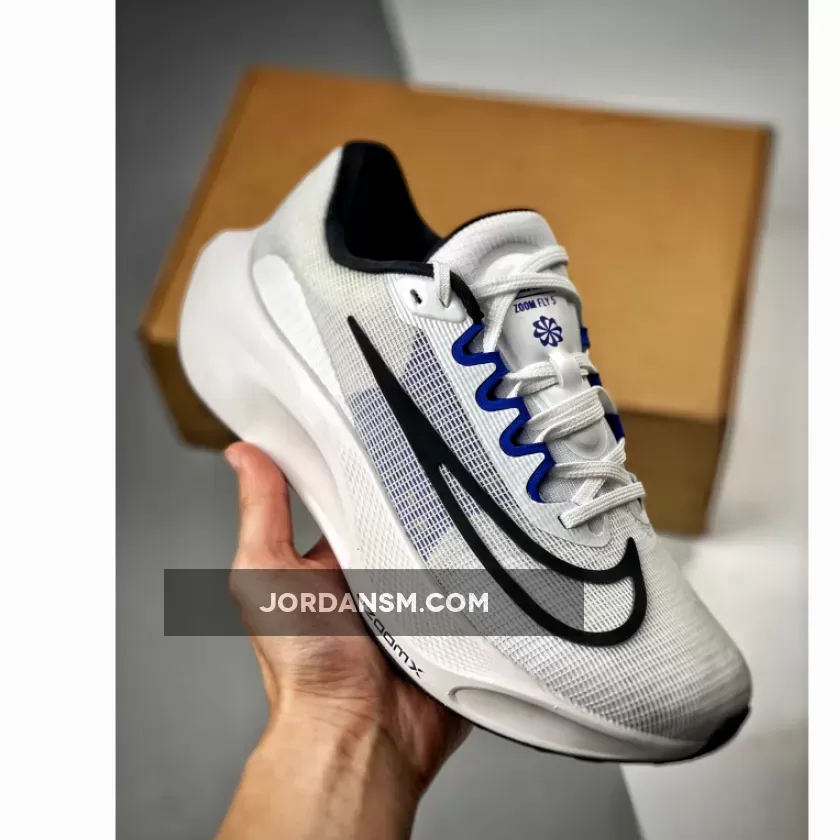The Nike Zoom Fly 5, a popular road running shoe, has caught the eye of many trail runners. But is it suitable for off-road running? While it may not be the ideal shoe for extreme trails, there’s potential for this shoe to perform well on lighter trails or mixed surfaces.
What makes the Zoom Fly 5 good for road running?
The Zoom Fly 5 boasts several features that make it perfect for paved surfaces:
- Carbon fiber plate: Provides propulsive power and enhances running efficiency.
- Nike React foam: Offers excellent cushioning and responsiveness.
- Lightweight construction: Weighs just over 9.5 ounces, making it one of the lightest shoes in its category.
Potential benefits for trail running:
While not an ideal trail shoe, the Zoom Fly 5’s features could offer some advantages on lighter trails:
- Responsive cushioning: The React foam absorbs impact and returns energy, which can be helpful on uneven surfaces.
- Stability and control: The shoe’s engineered upper and supportive heel collar provide good stability, crucial on trails with loose terrain.
- Lightweight design: This reduces fatigue during long runs and allows for faster uphill ascents.
Limitations for trail running:
However, the Zoom Fly 5 also has limitations that make it unsuitable for technical trails:
- Limited grip: The outsole is designed for road traction and may not be sufficient for slippery or muddy conditions.
- Stiffness: The carbon fiber plate may feel stiff and uncomfortable on uneven surfaces.
- Lack of protection: The shoe lacks adequate protection from rocks, roots, and other trail debris.
Conclusion:
The Nike Zoom Fly 5 is best suited for road running but could work for light trail running on favorable conditions. If you’re looking for a shoe primarily for off-road running, consider other trail-specific shoes with better grip, protection, and stability.
 Buy From: Nike Zoom Fly 5 ‘White Black Old Royal’ DZ2769-101 New Releases
Buy From: Nike Zoom Fly 5 ‘White Black Old Royal’ DZ2769-101 New Releases